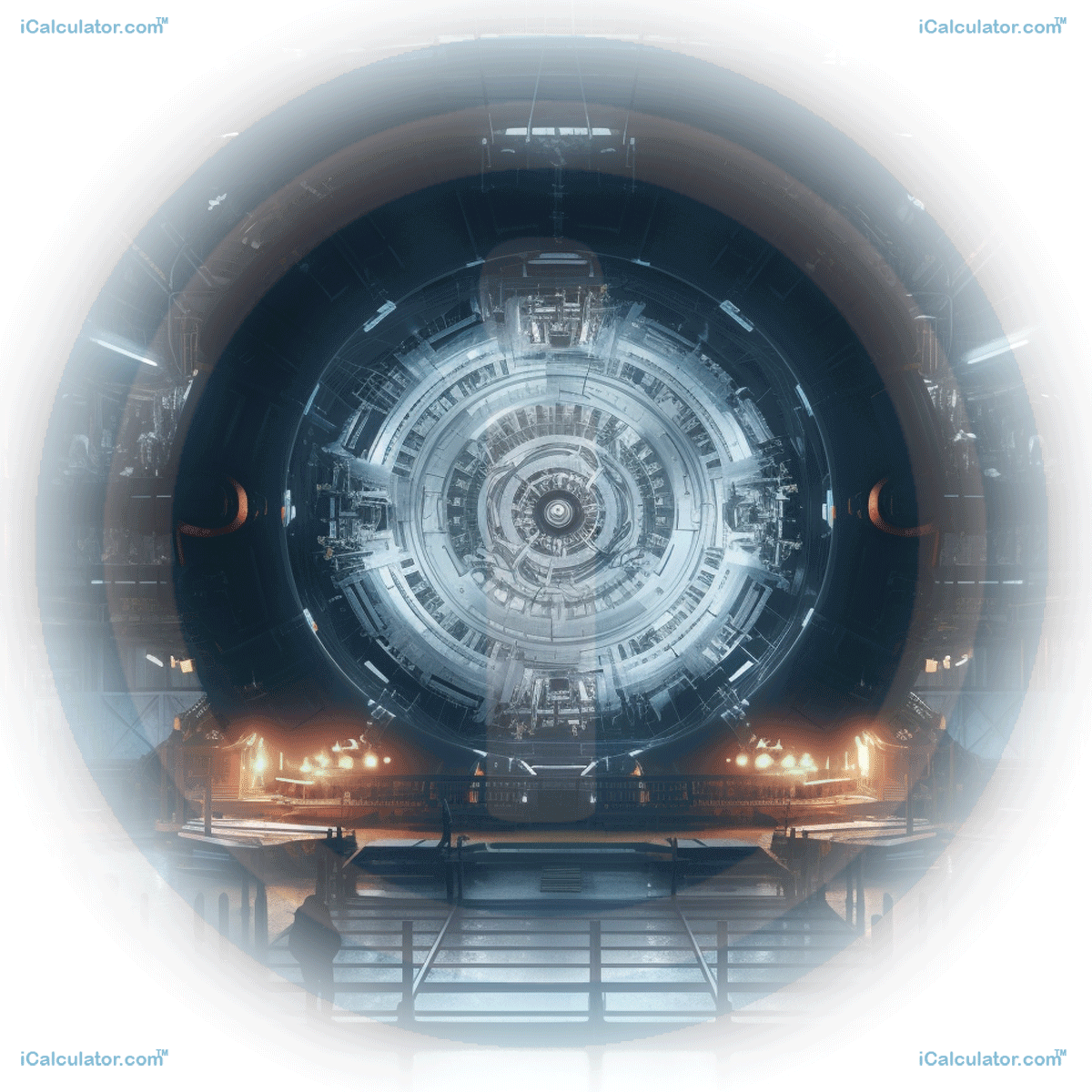Menu
Speaker Decibel Change Calculator
Please provide a rating, it takes seconds and helps us to keep this resource free for all to use

This tutorial aims to provide an understanding of speaker decibel change in the field of audio engineering. Speaker decibel change refers to the calculation of the difference in decibel levels between two sound sources. This tutorial explains the concept of decibel levels, the calculations and formulas associated with decibel change, real-life applications in the audio industry, key individuals in the discipline, and interesting facts about this topic and its significance in the field of engineering.
| Decibel Difference = |
Example Formula
The formula for calculating the decibel change between two sound sources is as follows:
Where:
- Decibel Level Initial Sound Source: The decibel level of the initial sound source or reference sound.
- Decibel Level Second Sound Source: The decibel level of the second sound source.
Who wrote/refined the formula
The formula for calculating decibel change does not have a specific attributed author. It represents the foundational principles of decibel calculations in the field of audio engineering and sound measurement.
Real-Life Application in Industry
Calculating decibel changes is a common practice in the audio industry, especially in sound system design, sound reinforcement, and acoustics. Audio engineers use decibel change calculations to assess the difference in sound levels between different sound sources, evaluate the impact of equipment or acoustic treatments, and ensure proper sound balance and quality. This knowledge is applied in various industries such as music production, live sound engineering, broadcasting, and audio equipment manufacturing.
Key Individuals in the Discipline
Various individuals have contributed significantly to the field of audio engineering and acoustics. Notable figures include Ernst Chladni, known as the "father of acoustics," who conducted pioneering research on the vibrations of plates and the formation of patterns, and Hermann von Helmholtz, who made significant contributions to the understanding of sound perception and the physics of sound. These individuals have played key roles in advancing our understanding of sound and its applications in engineering and technology.
Interesting Facts
- Decibel levels are used extensively in audio engineering to measure sound intensity and make informed decisions regarding sound system design and optimization.
- The concept of decibel change helps audio engineers identify and quantify differences in sound levels, such as comparing the loudness of two speakers or evaluating the effectiveness of noise reduction measures.
- Decibel calculations are not limited to audio engineering but find applications in various fields, including telecommunications, acoustics, and environmental noise assessment.
Conclusion
Understanding speaker decibel change is essential in the field of audio engineering for assessing and comparing sound levels between different sources. By calculating decibel changes, audio engineers can make informed decisions regarding sound system design, optimization, and acoustics. This knowledge contributes to the creation of high-quality audio experiences in industries such as music production, live sound, broadcasting, and more.
Engineering Calculators
You may also find the following Engineering calculators useful.
- Microstrip Impedance Calculator
- Temperature Rise In Pumps Calculator
- Turning Surface Roughness Calculator
- Concrete Volume Calculator
- Lm317 Current Regulator Calculator
- Concrete Footing Yard Calculator
- Potential Speed Calculator
- Copper Loss Calculator
- Inverse Discrete Fourier Transform Calculator
- Mechanical Advantage Of A Screw Calculator
- Tv Screen Size Calulator
- Wheel And Tire Motion Calculator
- Roadway Rate Of Change On Curve Calculator
- Compression Spring Calculator
- Gearbox Ratio Calculator
- Cable Length From Sag Span Calculator
- Cubic To Linear Feet Per Minute Calculator
- Attic Fan Ventilation Calculator
- Capacitor Voltage Power Loss Calculator
- Applied Force And Extension Calculator